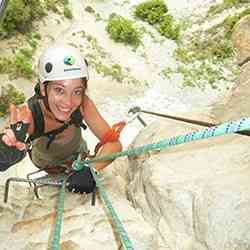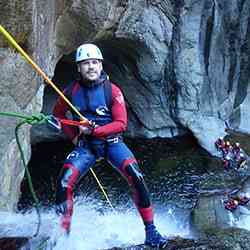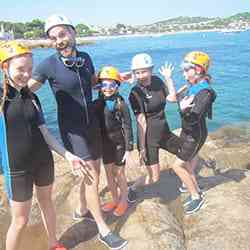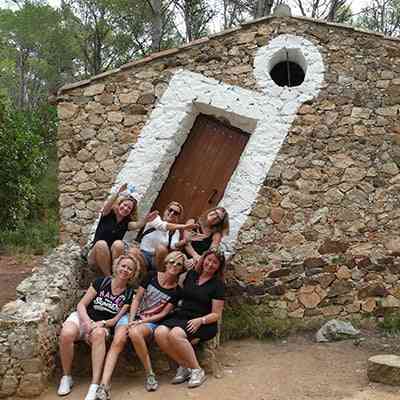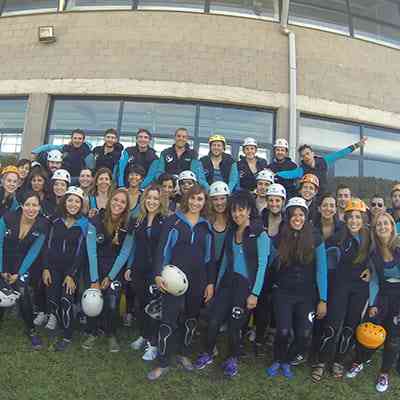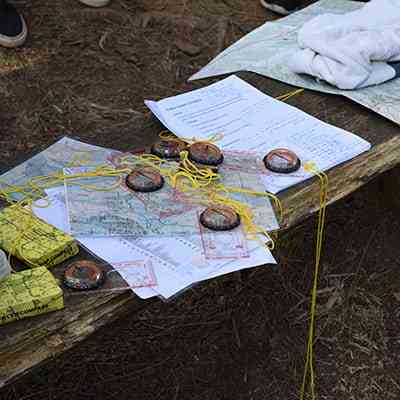Vias Ferratas Girona Catalonia – A tradition dating from 1843!
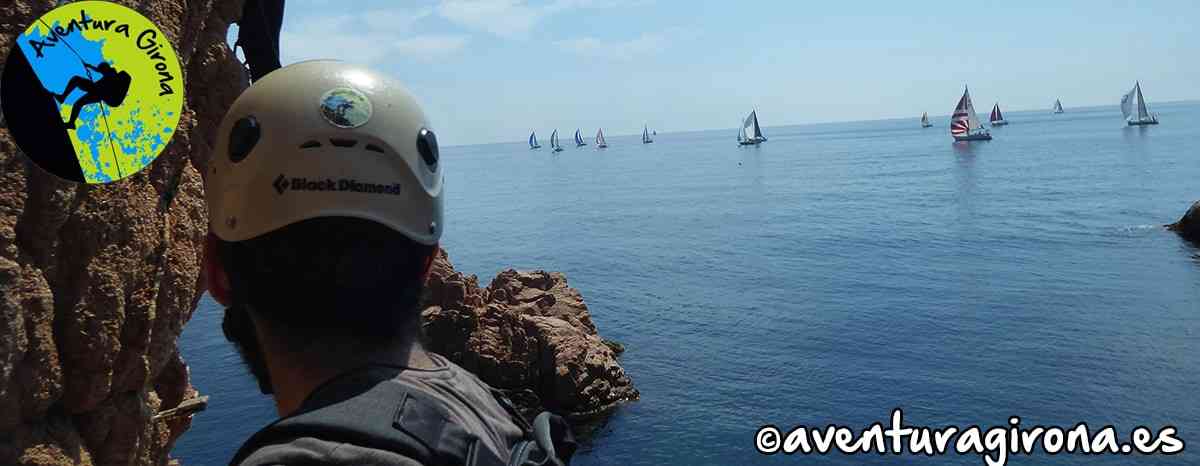
Via Ferrata Cala Moli located in Sant Feliu de Guixols, unique in Europe, built a stone throw away from the sea.
Activity to help you enjoy Costa Brava in the province of Girona
Remember we also offer for rent all the required materials so that you can take on this challenge alone.
Vias Ferratas Girona Catalonia
HISTORY
The first Via Ferrata appeared in Europe in 1843 in Austria when it was built to help reach the Hoher Dachstein peak. Subsequently, tracks were equipped on Mount Großglockner (Austria) in 1869, and in Marmolada (Italy) in 1903. Later in the First World War, trails were equipped for military purposes in the Dolomites, in the Austro-Hungarian war against Italy. When the war ended, these were turned into sports and leisure trails.
The Via Ferratas in Catalonia were installed in 1990. One of the first was installed on the Mountain of Montserrat, the Via Ferrata Teresina (now dismantled). In recent years we have had a big boom with such facilities, thanks to the rise of this sport.
Thanks to the strategic locations of the Via Ferratas, it allows us to access hard to access peaks or enjoy landscapes that otherwise would not be accessible.
Adventure Girona invites you to experience different Via Ferratas in both Girona and Barcelona, being able to enjoy the great diversity of the landscapes that Catalonia has to offer to us.
DIFFICULTY
The most recognized and used system to define the difficulty of the Via Ferratas is the Hüsler scale, named after its creator Eugen Eduard Hüsler. On this scale, the activity is graduated from K1 (easy) to K6 (extremely difficult). On the same scale, the most important aspects that define an itinerary are: the required strength, endurance, experience in the mountains and psychological aspects.
These result will help us assess on what level of the general difficulty we organise the Via Ferrata:
K1 (easy)
K2 (little difficult)
K3 (somewhat difficult)
K4 (difficult)
K5 (very difficult)
K6 (extremely difficult)
The necessary equipment that is required to perform a Via Ferrata safely is the following:
1 - Helmet: essential to prevent damage from any stone fall from other participants who are doing the same via ferrata or from any wild animals.
2 - Harness: today there are many models. We recommend a harness that is comfortable and with an adjustable diameter for the legs. It is very important that you find it easy to put it on and take it off, regardless of the clothes used in each season.
3 - Energy dissipator: element that in case of fall will soften the fall impact. There are of different types. It is strictly forbidden to undertake a Via Ferrata activity without an energy dissipator.
4 - Anchor line (rest bag): it is not considered essential as a security element, but helps the user rest when rest is needed or one has to wait, at a certain point along the way because there are people in front of them. In vertical steps with collapse, this element facilitates progression.
5 - Footwear: comfortable closed footwear is recommended, with a thick sole that does not slip, the low-cut mountain boot would be ideal.
6 - Gloves: it is not essential, but since the staples / grips are made of iron, they serve to protect you and prevent damage to your hands. Cycling gloves go very well.
All the multi-activities that Adventure Girona offers are covered by an accident insurance as well as by the civil liability scheme, as required by the regulations in force that regulate Physical Sports Activities in the Natural Environment (Decree 56/2003).
Complete information on the coverage and conditions of the insurance is available to clients at our offices.
Customers can request, if required, complaint forms from the company.
Other activities you may like:


